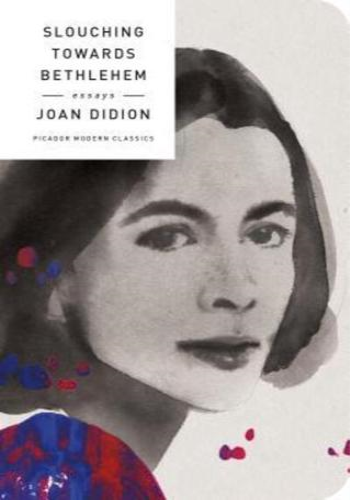Beautifully repackaged as part of the Picador Modern Classics Series, this special edition is small enough to fit in your pocket and bold enough to stand out on your bookshelf.
Celebrated, iconic, and indispensable, Joan Didion's first work of nonfiction, Slouching Towards Bethlehem, is considered a watershed moment in American writing. First published in 1968, the collection was critically praised as one of the "best prose written in this country."
More than perhaps any other book, this collection by one of the most distinctive prose stylists of our era captures the unique time and place of Joan Didion's focus, exploring subjects such as John Wayne and Howard Hughes, growing up in California and the nature of good and evil in a Death Valley motel room, and, especially, the essence of San Francisco's Haight-Ashbury, the heart of the counterculture. As Joyce Carol Oates remarked: "[Didion] has been an articulate witness to the most stubborn and intractable truths of our time, a memorable voice, partly eulogistic, partly despairing; always in control."







